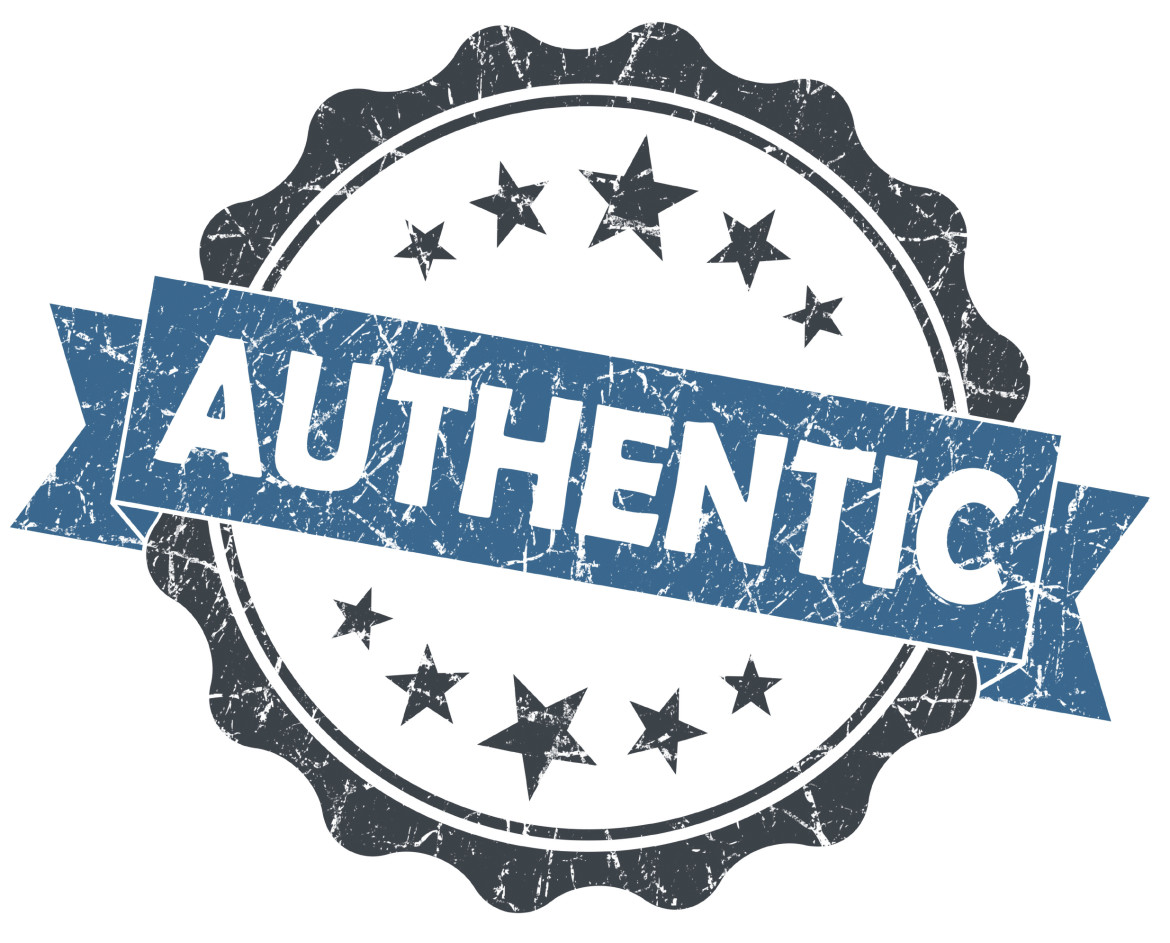Branding is a crucial component of almost all businesses and can be worth millions of dollars. Consumers’ purchasing decisions are influenced by brands and the reputation each one represents. For those starting a new business, it is crucial the business logo and any wording associated with the logo remain the owner’s property. Thus, registering your logo as a trade mark from the beginning of your business journey can save you from heartache later. The following article outlines 5 tips to think about in trade marking your company logo:
Don’t be descriptive, be distinctive
In general, the less descriptive of your products your trade mark is, the more distinctive it will be. A distinctive trade mark will provide stronger protection.
A trade mark is a sign used to distinguish one trader’s goods or services from the goods or services of others. A registration for a word or phrase that describes a particular type of goods or service may prevent other traders from adequately describing their own products. Take Starbucks for example. Starbucks would have great difficulty registering the trade mark ‘fine coffee’ in relation to coffee products, as this would deprive other coffee brewers of their legitimate right to use this phrase for their own coffee products.
Whilst it is possible in certain circumstances, obtaining a registration for a trade mark that is descriptive is a difficult and costly process. There may also be considerable difficulties with trying to enforce a descriptive trade mark. Our advice: get creative and make your logo distinctive!
File early and conduct a clearance search
There are millions of registered trade marks around the world and most entrepreneurs want to avoid spending valuable time and money designing a fantastic trade mark or company logo only to find out that they are infringing someone else’s registered trade mark. That could force you to start all over again with an expensive re-branding exercise. As a first step we recommend undertaking a clearance search prior to filing a trade mark application. A clearance search assists in identifying any registered or unregistered marks that are similar to yours and will minimise the risk of trade mark infringement. Clearance searches are inexpensive and any reputable Trade Marks Attorney can help.
We also recommend filing a trade mark application as soon as a final decision on your company logo or trade mark has been made. This limits the risk of another trader seeing your trade mark and applying for registration before you do.
Once a trade mark has been registered, it only needs to be renewed every 10 years and can be renewed indefinitely with little to no maintenance required. The Heinz and Twinings Teas trade marks have been registered for over 100 years!
Accurately identify goods and services
In the trade mark system different goods and services that a company might offer are classified into one or more of 45 groups called trade mark classes. It is important to register your trade mark in the class or classes of goods or services in which you will be trading. A trade mark only provides protection for your branding in the specific classes of goods or services in which it is registered. Registering a trade mark for goods or services in the incorrect class won’t be of much use to your business and may be of little use when trying to enforce your trade mark.
For example, say you wanted to call your clothing brand “dogs are better than cats” and print this on clothing items. You would only need to register your trade mark in the classes covering clothing to prevent others from using your trade mark, or a mark similar to your trade mark, in competition with your clothing business.
A common mistake is assuming that if you wish to advertise this brand name on stationery, or print the brand name on the side of a car, you need to register your trade mark in classes covering stationery and cars, but this is not true. You only need to register your trade mark in the classes you are trading in.
Overseas protection may be required
Trade marks are only enforceable in the country or region in which they are registered. That means your registered trade mark in Australia only provides protection in Australia. Therefore, if you are considering exporting your goods overseas, or planning to manufacture and import from overseas (a common example is manufacturing in China), it may be worth considering overseas protection for your trade mark.
Trade marks can last forever and are an appreciating asset
Unlike a patent or registered design which has a limited life, a trade mark can last indefinitely. If used correctly, a trade mark can increase the value of your business as it gains notoriety and becomes associated with your business or company. In fact, a trade mark may be the only appreciating asset your business has. Just like any other business asset, a trade mark can be licensed or sold to third parties, or used to help secure finance.
However you decide to utilise your brand, make sure you receive the right advice to protect your potential asset. There are many registered trade mark attorneys that can provide advice and services to help you. The Institute of Patent and Trade Mark Attorneys of Australia is a good place to start in finding the right attorney for your needs.
About the Author: Co-authors Jacqui Symonds and Jeremy Moller both work for Fisher Adams Kelly. Jacqui is an Associate and assists clients in a broad range of trade mark related matters. Jeremy is a Patent Practitioner with a background in electrical engineering.

